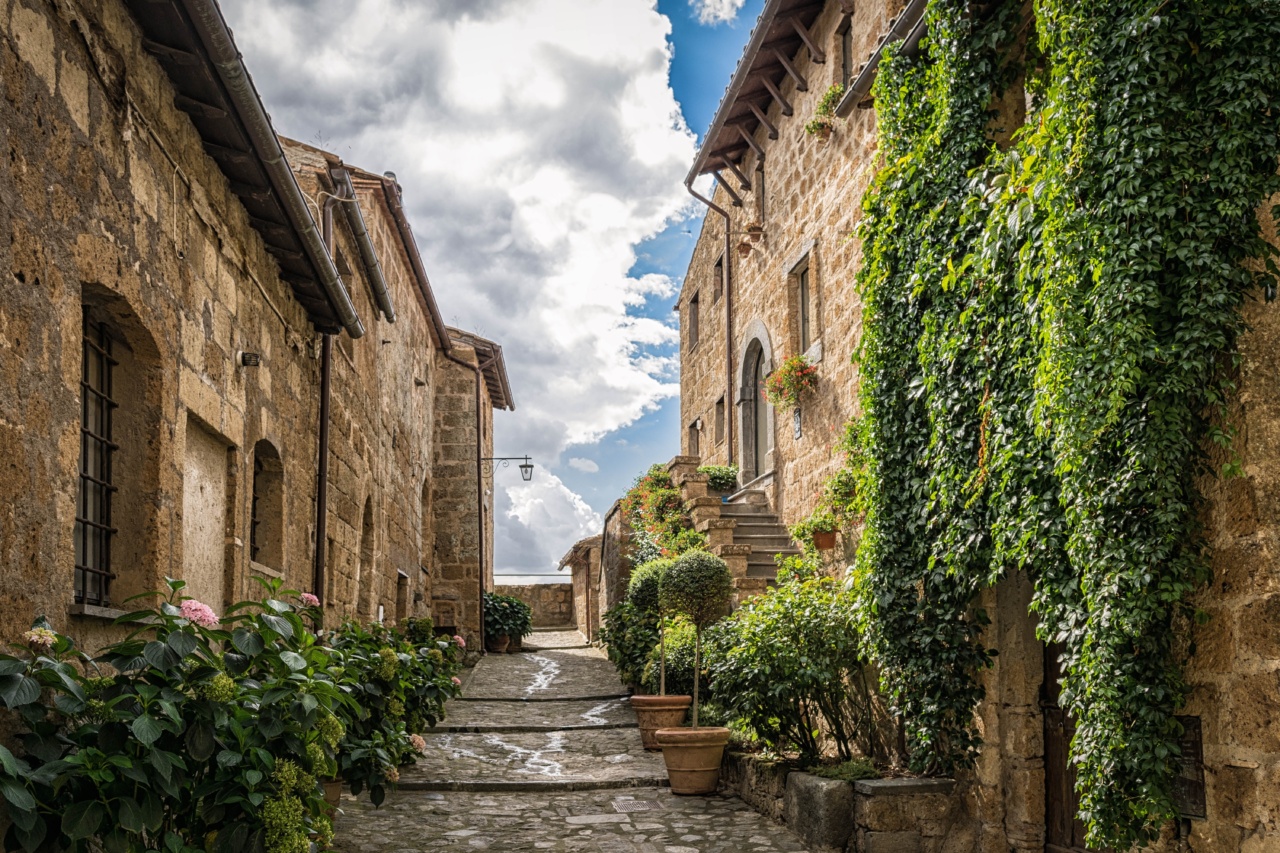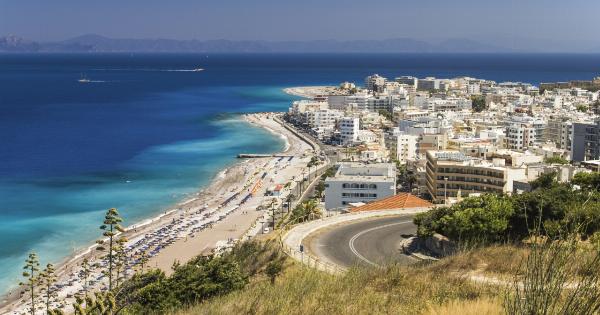The Mediterranean region has long been a crossroads of history, with its strategic location making it a key center for trade and migration.
Throughout the centuries, this region has seen countless battles and invasions, resulting in the construction of some of the most impressive fortifications in the world. These Mediterranean fortresses have been heralds of the past, standing guard over ancient ruins and offering a glimpse into the rich history of the Mediterranean world.
History of Mediterranean Forts
The history of Mediterranean fortifications dates back to ancient times, where early civilizations such as the Greeks and Romans constructed walls and fortifications to protect their cities from invasion.
These early fortresses were often built on high ground and consisted of walls and towers made from stone, with gates and watchtowers to provide visibility over surrounding areas.
During the Middle Ages, the Byzantine Empire and the Islamic Caliphate were among the powers that controlled the Mediterranean region, with both constructing a variety of fortifications to protect their territories.
The Crusades of the 11th and 12th centuries saw European powers invade the region, leading to the construction of many more impressive fortresses, such as the famous Krak des Chevaliers in Syria.
The rise of the Ottoman Empire in the 14th century saw the construction of some of the most impressive fortifications in the region, including the famous walls of Constantinople, the Medici Fortifications in Italy, and the Citadel of Cairo.
Fortresses of the Mediterranean
The Walls of Constantinople
Arguably one of the most famous fortresses in the world, the walls of Constantinople were built by the Byzantine Emperor Theodosius I in the late 4th century.
The walls were constructed to protect the city from invading barbarian tribes, and were continually improved and expanded until their ultimate downfall in 1453. The walls consisted of a triple defense system, including a moat, outer walls, and inner walls, all made from stone.
The Alhambra
The Alhambra is a fortress complex located in Granada, Spain, and was constructed during the 14th century by the Moorish rulers of the region.
The complex consists of a series of palaces and fortifications, with a multitude of towers and walls surrounding the entire complex. The Alhambra was used as a royal residence until it was captured by the Spanish in the late 15th century.
The Citadel of Cairo
Built during the reign of Saladin in the late 12th century, the Citadel of Cairo is a massive fortress complex located in the heart of Cairo. The walls of the fortress are made entirely from stone and include numerous towers and gates.
The citadel was used as a royal residence until the 19th century and is now a major tourist attraction in Egypt.
The Medici Fortifications
The Medici Fortifications were built during the 16th century by the famous Medici family of Italy. The fortifications were constructed to protect the city of Florence from invasion and consist of a series of walls and towers surrounding the city.
The walls were built from brick and cement and included numerous gun emplacements and defensive towers.
Krak des Chevaliers
Krak des Chevaliers is a castle located in Syria and was constructed during the 11th century by Crusader knights.
The castle was built on a hilltop and had a massive surrounding wall, with numerous towers and gates providing visibility over the surrounding valleys. The castle was used by the Crusaders until the 13th century, when it was captured by the Muslim ruler Baibars.
Conclusion
The Mediterranean fortresses are a testament to the rich history and culture of the region, offering visitors a glimpse into the past and the various powers that have ruled over the region.
These fortresses serve as reminders of the strategic importance of the Mediterranean region throughout history and the need for powerful defenses to protect against invading enemies.































